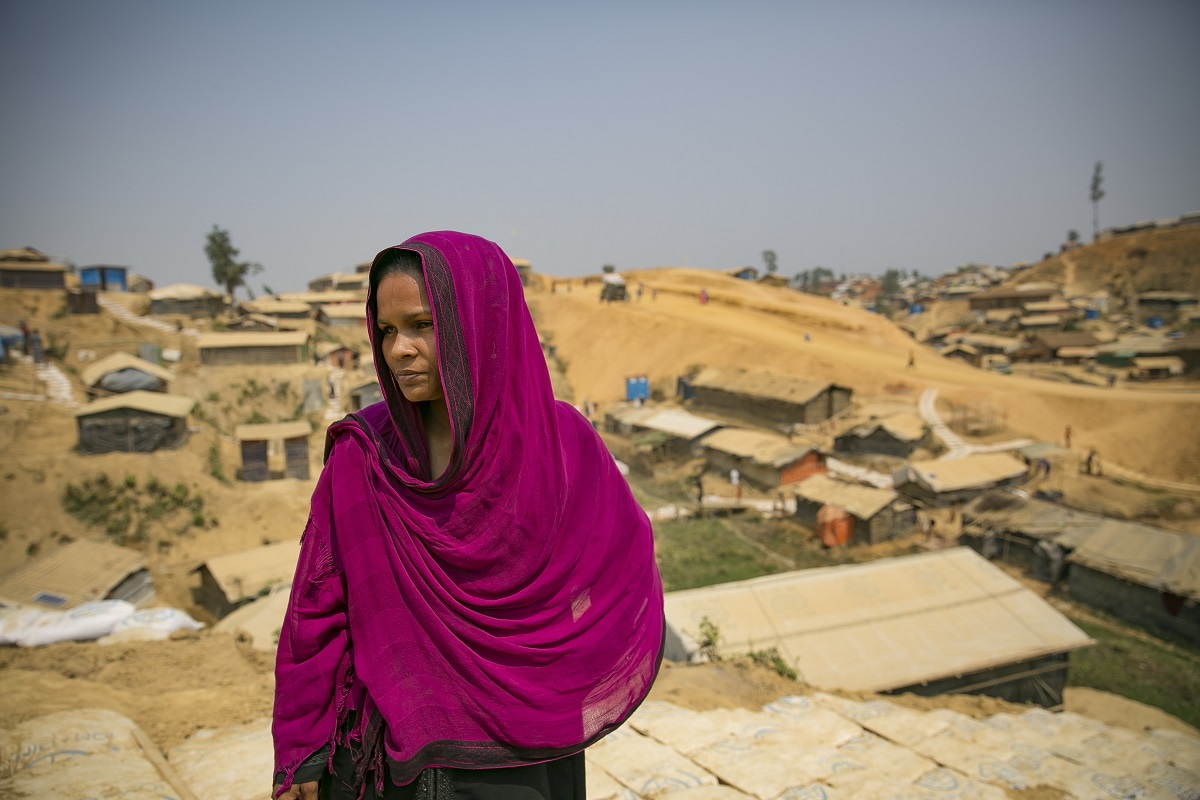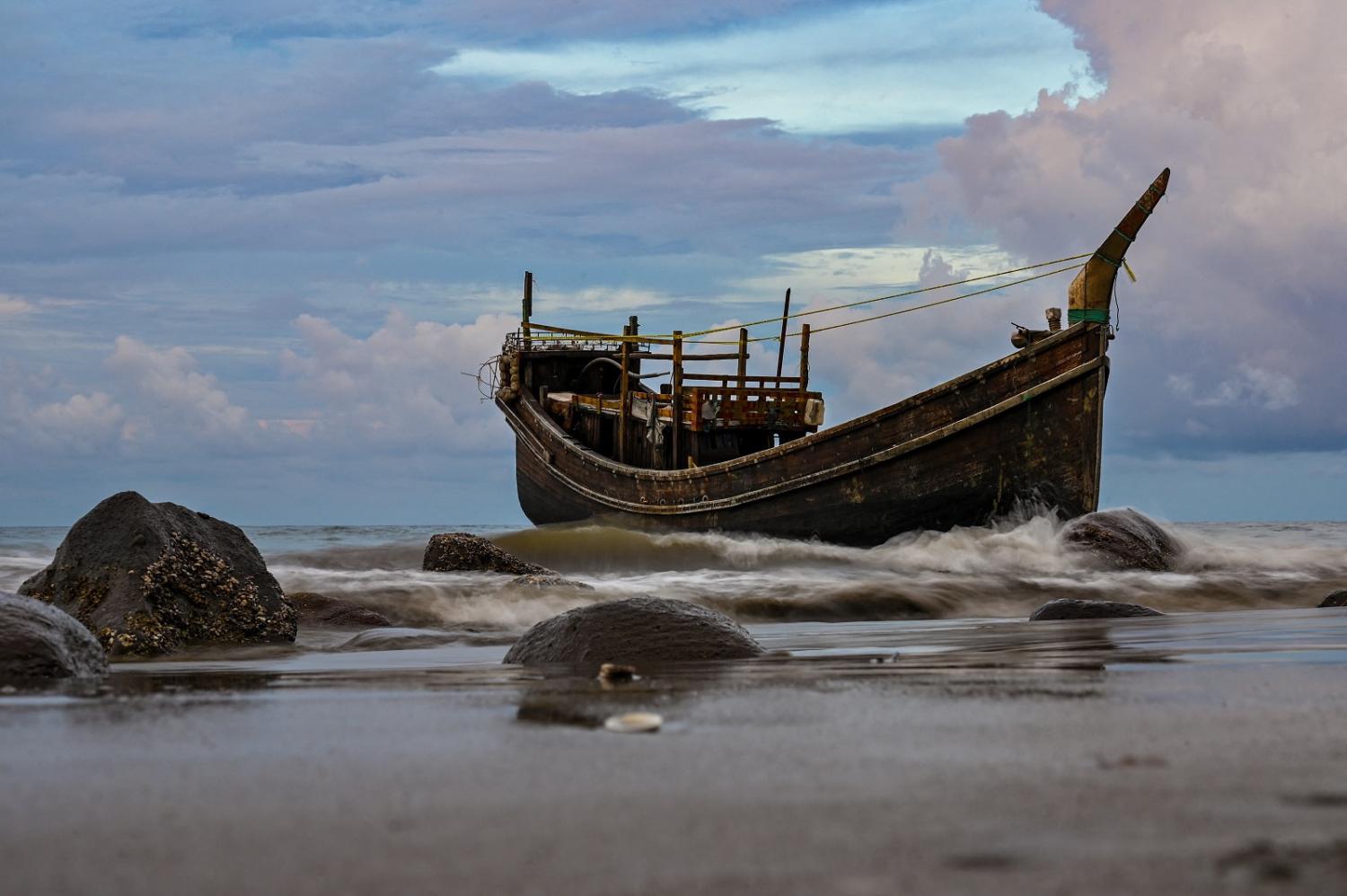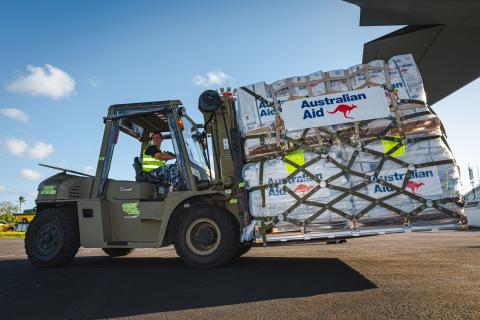The Rohingya refugees in Bangladesh have long been seen as a major potential source of maritime arrivals for Australia. In recent weeks, there has been an uptick in departures as thousands head to Indonesia by sea. Australia may be their next big destination.
Southern Bangladesh currently hosts the world’s largest refugee camp – in the city of Cox’s Bazar – with around 1.2 million stateless Rohingya people. They have been confined to the camps by the Bangladesh government since they were expelled from Myanmar from around 2016. To the surprise of many observers, they have waited, more or less patiently, for repatriation to their homelands.
In recent years, Australia has made significant investments in supporting Bangladesh’s efforts to provide the Rohingyas with the bare essentials of food and shelter. Australia is now the third-largest provider of bilateral assistance after the United States and European Union. For Australia, it has in essence been an investment in keeping the Rohingyas in the camps and off the boats.
But several new developments may change the status quo.
First, despite the ongoing civil conflict in Myanmar, particularly in Rakhine State, there has been a significant drop in international assistance to neighbouring Bangladesh. Crises in Ukraine, Yemen and now Gaza has raised concern about diverting funds that were previously earmarked for the Rohingyas. Food rations have been cut from US$12 per month to US$8 per month. With further cuts likely, starvation is a real threat, particularly if the Bangladesh government maintains its ban on Rohingyas undertaking legitimate employment.

Meanwhile, the security environment in the camps continues to deteriorate. Criminal gangs are rife in the camps, including the Rohingya Solidarity Organisation (RSO), who terrorise inhabitants, including kidnapping those with access to money or food. For many, smuggling drugs, particularly a toxic mix of amphetamines and caffeine called “yaba”, is the only source of income. “Young men are most at risk from armed groups and security forces,” a refugee was quoted in an International Crisis Group report published last week. “When they cannot endure it any longer, they pay smugglers to get them to Malaysia.”
These developments may present a crunch for Australia. Since arriving in Bangladesh, the great majority of the Rohingya population have been extraordinarily patient. Small numbers have escaped to India, Thailand and Malaysia, but these destinations are now largely inaccessible. India has closed its borders, overland routes to Thailand have been cut by the war, and Thailand and Malaysia are pushing boats back into the sea.
In recent weeks, there has been a significant uptick in maritime departures headed for Aceh province in Indonesia, which is the next most viable alternative. At least six boats have left over the last month, and two boats with some 400 people on board are now adrift in the Andaman Sea. Traffickers appear to be organised into a transnational network and are using bigger boats. The increased capacity has led to a significant fall in prices to get to Indonesia – from BDT400,000 (A$5500) per person to around BDT200,000 (A$2800) per family, according to UN sources in Cox’s Bazaar.
But for those who can pay the price, the weeks-long journey is savage. Boats frequently run out of food, water and fuel, and their engines often break down mid-voyage. Rape is prevalent.
Bangladeshi authorities appear to be turning a blind eye to departures. The Indian Navy has previously provided assistance to boats with provisions and fuel and even helping to repair engines to ensure that the vessels do not stop in India’s island territories. And Australia has been a destination in the past - and could be again if Indonesian authorities allow the boats to be pushed back out to sea. Further maritime arrivals would be a headache for the Albanese government, particularly following the controversy surrounding the recent release of refugees from detention.
The next three months of expected calm weather at sea means Australia will need to act fast lest a maritime route becomes established. While Australia is working with Indonesia, the most effective strategy is to stop departures at source.
Over the past ten years, Australia has successfully engaged with the Sri Lankan government, including providing significant assistance in building Sri Lanka’s maritime security capabilities. In return, Sri Lankan authorities largely, although not entirely, stopped maritime departures.
There is every reason to believe that a similar strategy would work with Bangladesh. This would require two steps. First, Australia will need to help build the capabilities of the Bangladesh Coast Guard, which has principal law enforcement responsibilities in coastal waters. But it is drastically under-resourced, with very few sea-going vessels and insufficient training in maritime law enforcement.
Giving the Bangladesh Coast Guard the tools to do their job will not only address people smuggling, but also other problems such as illegal fishing and drug smuggling. As in neighbouring Sri Lanka, it is in Australia’s interests to assist Bangladesh in being able to properly govern its own maritime spaces. It will also create the right incentives for Bangladesh authorities to stop maritime exits.
Second, the Australian government will likely need to boost humanitarian assistance to mitigate the “push” factors that are putting Rohingyas on boats. Australia is already doing much, but an ever-growing crisis in the camps may have considerable consequences for regional security and stability.
Australia already has a successful model for stopping population displacement by sea. These lessons will now need to be applied to Bangladesh – for the benefit of all concerned.

